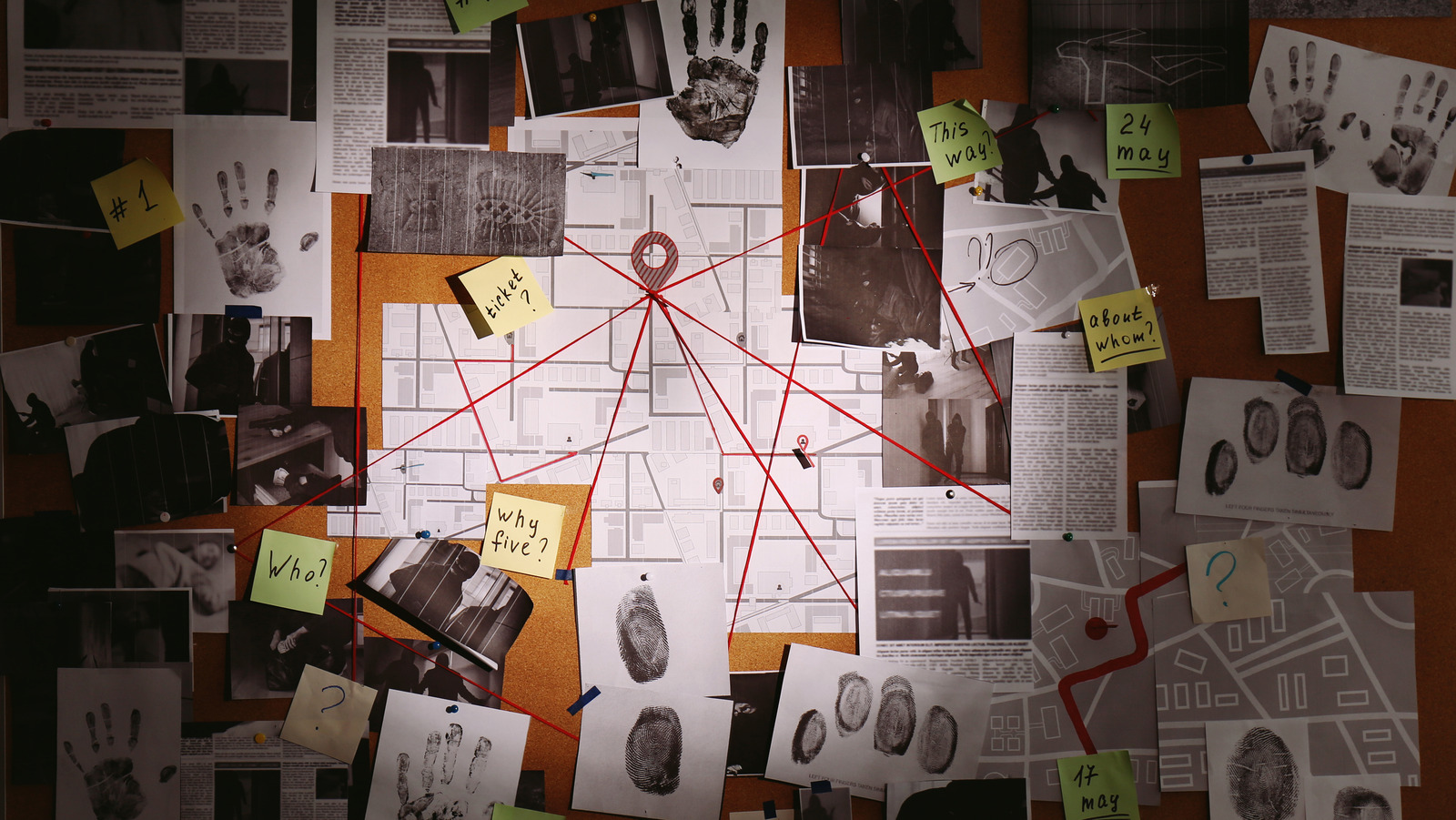
Todd Matthews, an early member of the Doe Network, explained to NPR in 2008 that a lot of the group’s data comes from news reports of missing persons or unidentified bodies. The network validates and reconfirms the data with local law enforcement. Matthews calls the group’s work “technocriminology,” providing exposure to cases with the hope that law enforcement, the media, and private citizens will make connections between the missing and the unidentified (via NPR).
READ RELATED: What Really Solved The 62-Year-Old Cold Case Of Little Miss Nobody
If a volunteer has a hunch or a lead matching a missing person to a Doe, they bring the information to the group’s online forum. A committee puts the data through a strict vetting process, ensuring a precise match. Only then will a group director reach out to local authorities with the tip, explains Tracie Fleischhut, a New York State Doe Network director, (per The New York Times). Additionally, members are checked for credibility as thoroughly as the data (via NPR).
This strict vetting process has given the group credence among some investigating agencies, reports The New York Times. Ralph Taylor, chairman of the criminal justice department at Temple University in Philadelphia, explains: “In the late 1960s and early ’70s, the police realized they were understaffed, so they began to rely on community groups to be their eyes and ears to help prevent crimes before they happened. … These Internet groups are an extension of that, supplementing investigations of crimes after they take place” (New York Times).
Source:






